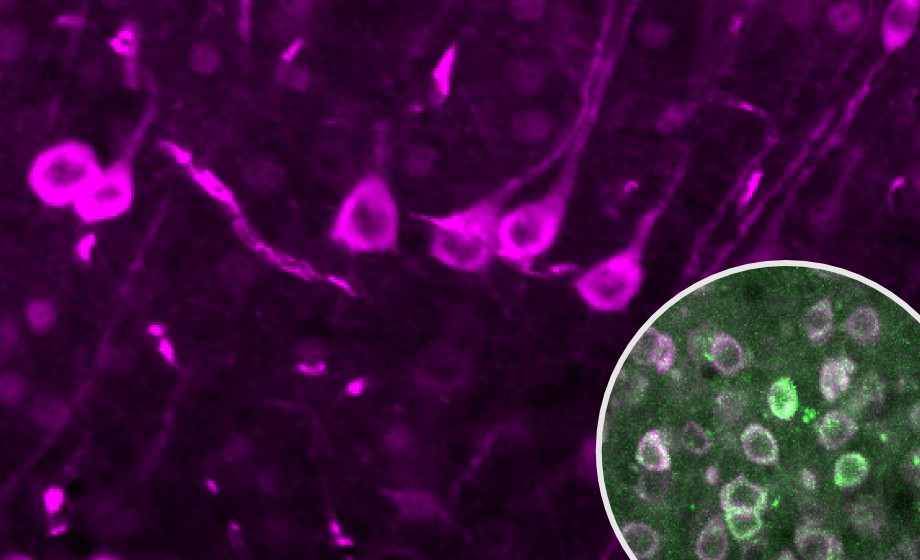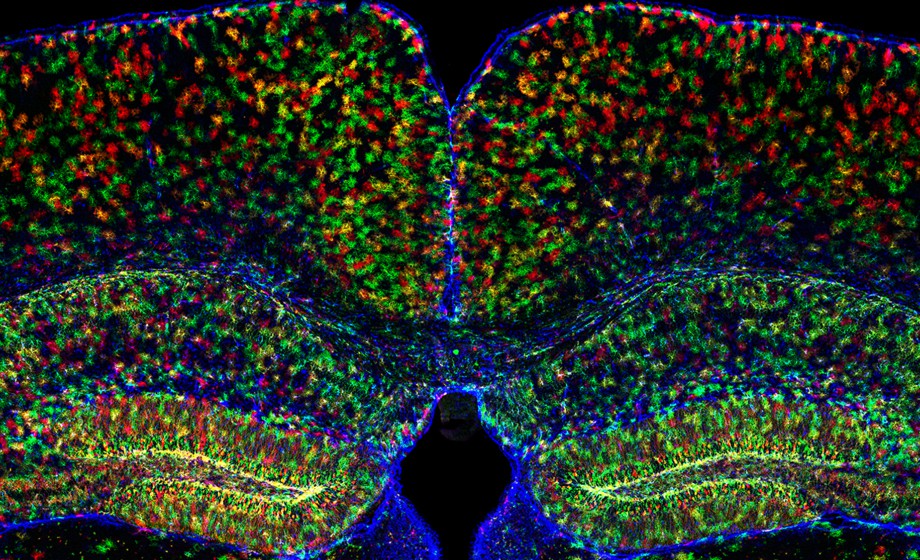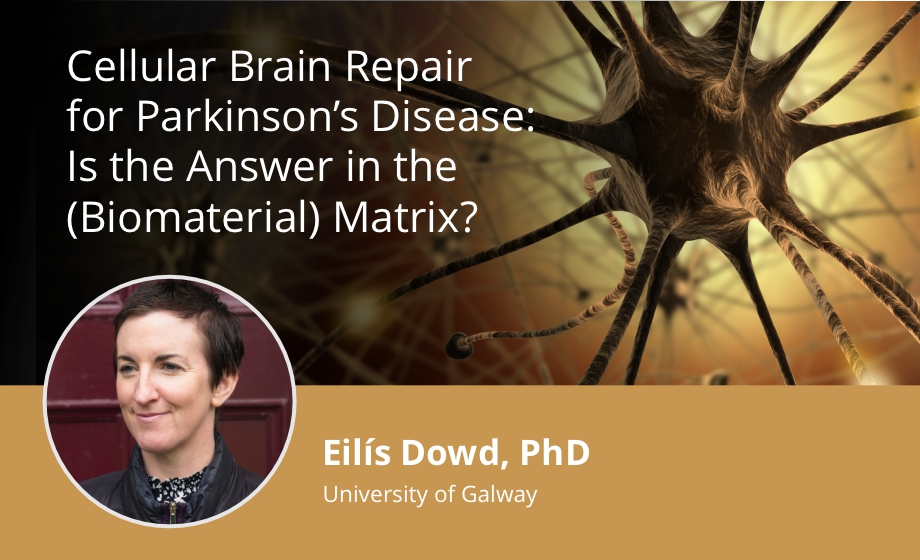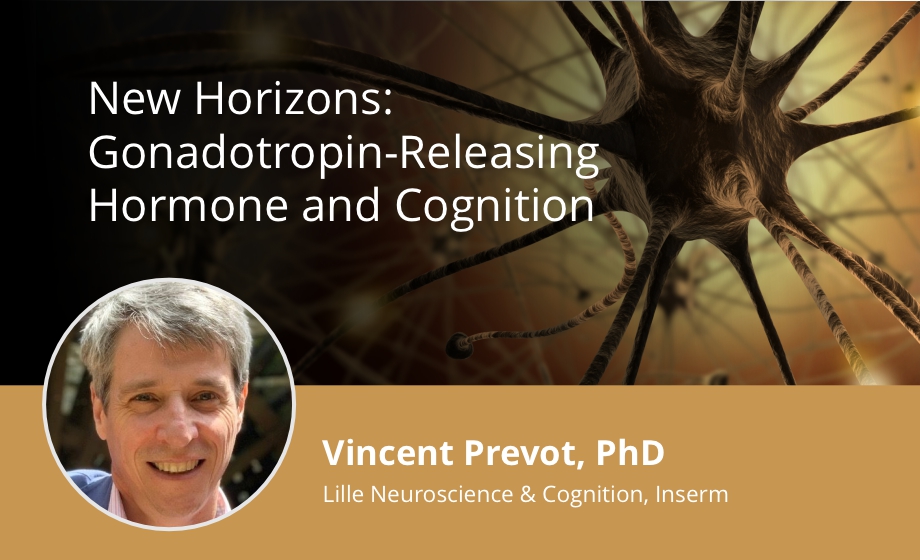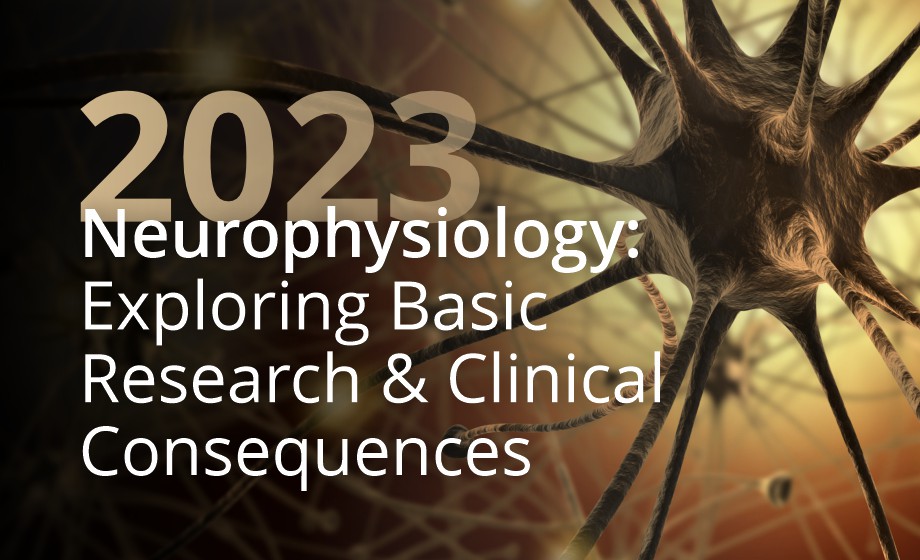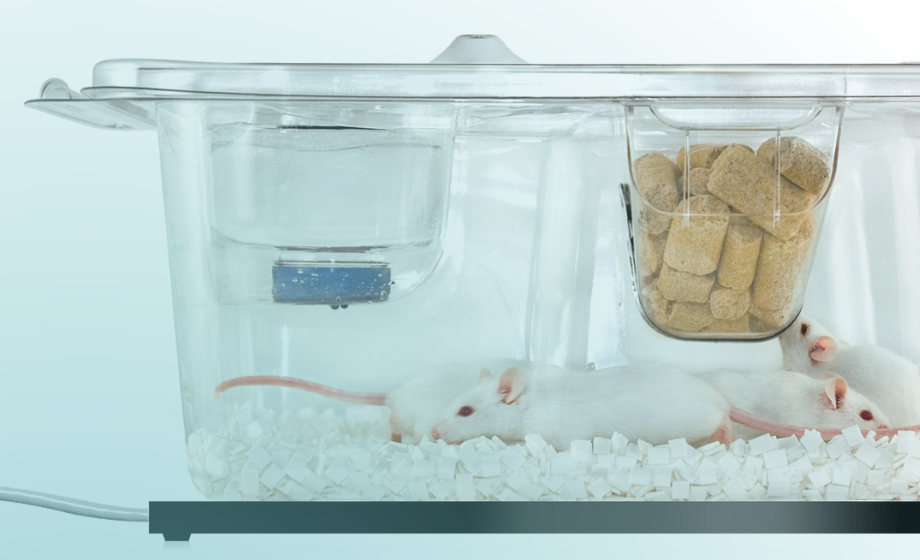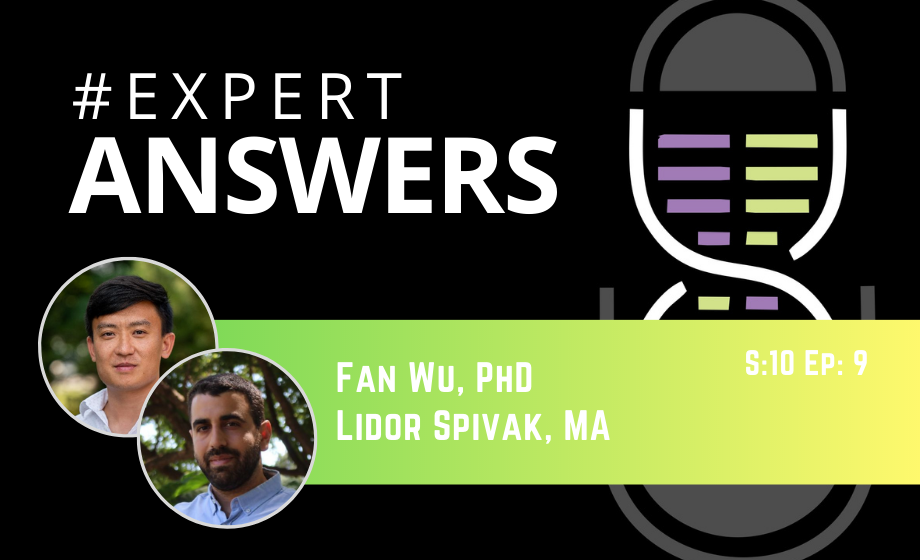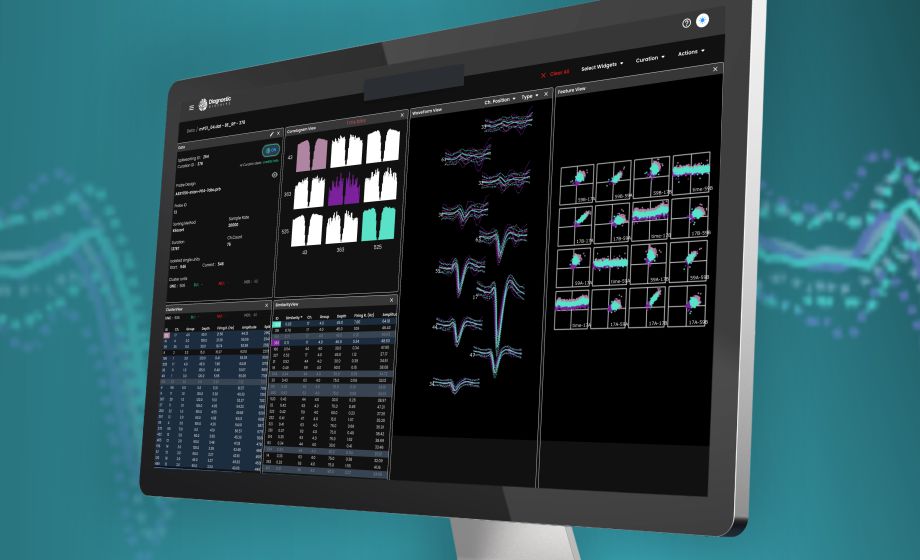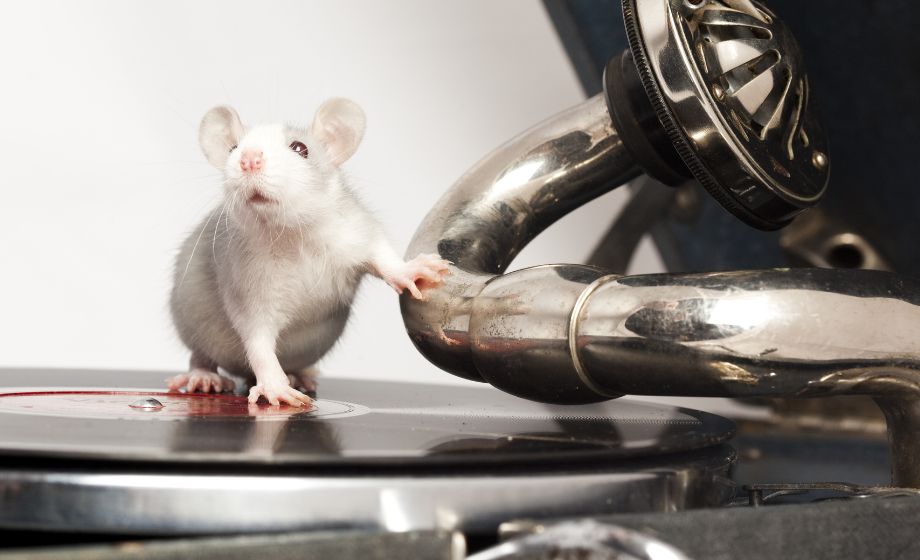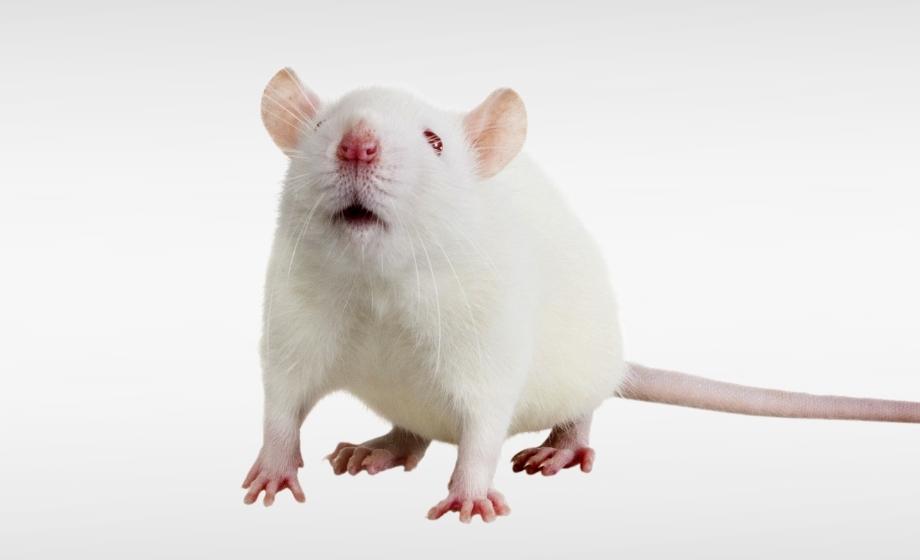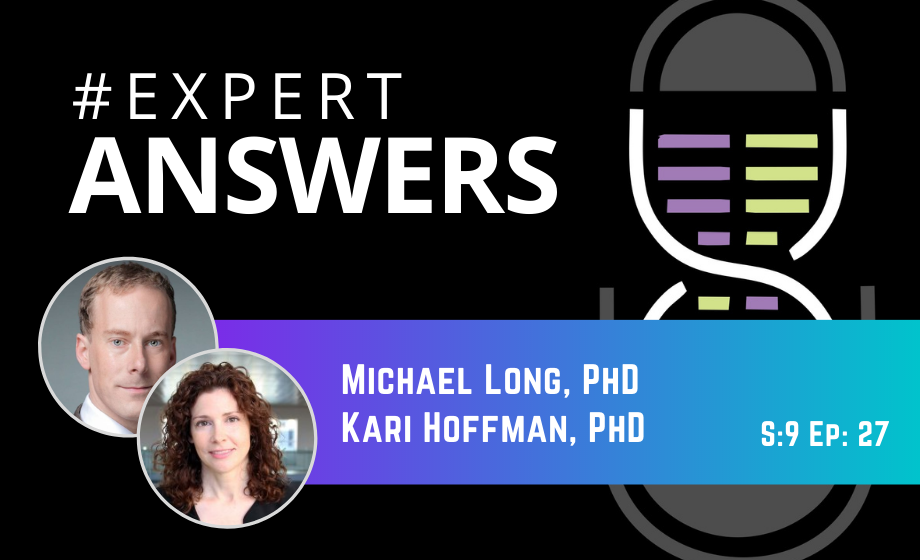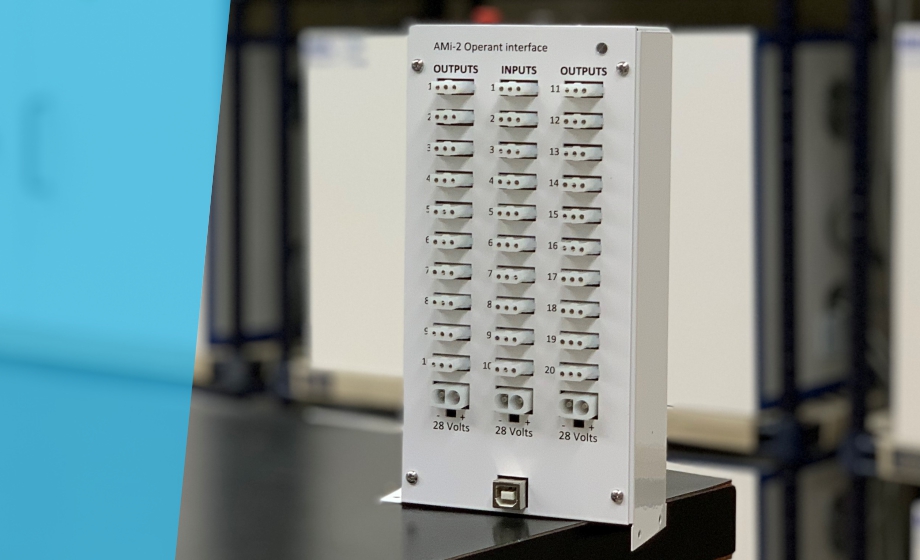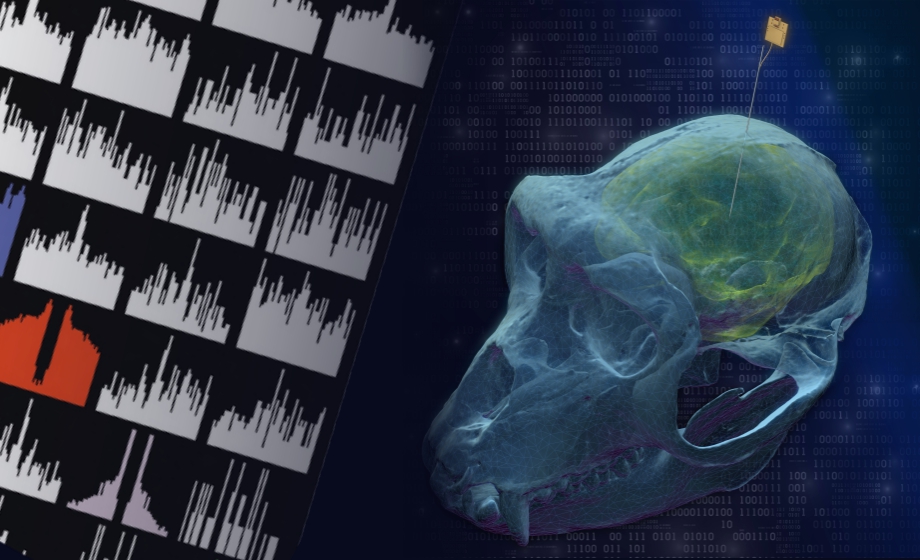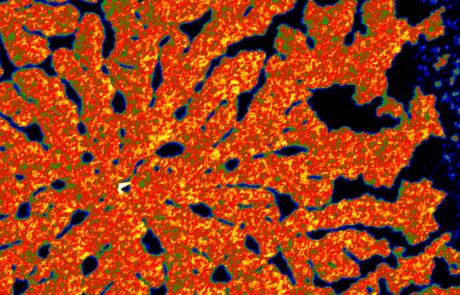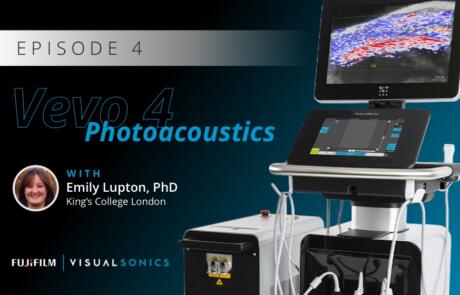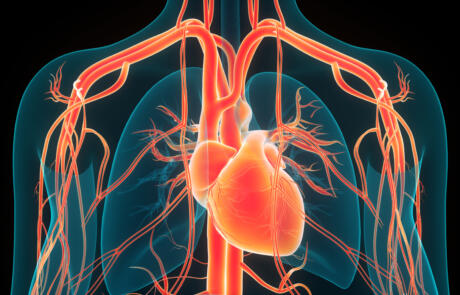New Horizons: Gonadotropin-Releasing Hormone and Cognition
Vincent Prevot answers questions from his recent webinar on the effects of gonadotropin-releasing hormone on cognition.
Spatiotemporal Dynamics of Calcium and Neurotransmitters in Awake Mouse Models of Epilepsy
Dr. Vincent Magloire and Dr. Ken Berglund answer questions from their webinar on the spatiotemporal dynamics of neurotransmitter and calcium imaging during seizure evolution in awake head-fixed mice and models of epilepsy.
Spatiotemporal Dynamics of Calcium and Neurotransmitters in Awake Mouse Models of Epilepsy
In this webinar, Dr. Vincent Magloire and Dr. Ken Berglund present their work on the spatiotemporal dynamics of neurotransmitter and calcium imaging during seizure evolution in awake head-fixed mice and models of epilepsy.
Calcium Signaling in Neurons and Glia in the Mouse Brain During Exploratory Behavior
In this webinar, Alexey Semyanov, PhD, and Amit Agarwal, PhD, present their work on activity and calcium signaling in neurons, astrocytes, and oligodendrocyte precursor cells (OPCs) during exploratory locomotion behavior in awake and head-fixed mice.
Unveiling the Primate Brain: Advanced Insights through Ultra-Dense Electrophysiology
In this webinar, Drs. Kari Hoffman, André Bastos, and Thilo Womelsdorf present their research on the neurophysiological basis of learning, cognition, and sensory processing, including attention and connectivity between brain regions in non-human primates.
Cellular Brain Repair for Parkinson’s Disease: Is the Answer in the (Biomaterial) Matrix?
Hear Eilís Dowd, PhD highlight her lab's recent data demonstrating that dopaminergic cell replacement in the Parkinsonian rodent brain, using both fetal and induced stem cell-derived cells, is enhanced when the cells are transplanted in a neurotrophin-enriched collagen hydrogel.
New Horizons: Gonadotropin-Releasing Hormone and Cognition
Join Vincent Prevot, PhD as he dives into the development and establishment of the gonadotropin-releasing hormone (GnRH) system and the importance of its first postnatal activation.
Neurophysiology: Exploring Basic Research and Clinical Consequences
Neurophysiology: Exploring Basic Research and Clinical Consequences - A webinar series covering fundamentals, late-breaking research, and novel discoveries in the field of neuroscience & related disease models.
Discussing Industry Trends in Home Cage Monitoring with UiD
InsideScientific recently interviewed Jose Gadea, VP of Sales and Marketing from Unified Information Devices, where he explained the company's approach to innovation and highlighted their RFID-enabled, Mouse Matrix system.
#ExpertAnswers: Fan Wu and Lidor Spivak on Electrophysiological Data Analysis using Artificial Intelligence
Fan Wu and Lidor Spivak discuss automating electrophysiological data analysis using artificial intelligence and introduced a new cloud-based platform applying these methods.
Towards Automated Spikesorting using Artificial Intelligence on a Cloud-Based Platform
Dr. Fan Wu and Lidor Spivak answer questions from their webinar on the automation of electrophysiological data analysis using artificial intelligence.
Talking Real Science with Ellie Siebeneck
This episode of Share Science features Ellie Siebeneck, a recipient of one of the $5000 Scientist.com STEM Research NIL Scholarships. In this interview, we discuss some of her current research projects, and her love of mentoring up-and-coming researchers.
From Trauma to Binge Eating: How Early Life Experiences Impact the Leptin System
Early life trauma (ELT) has been identified as a risk factor for binge eating and obesity in adult life, but the neural mechanisms behind this phenomena have yet to be determined. In this blog post we discuss a recent publication from Shin et al., which delineates the circuitry of this ELT-induced maladaptive eating.
A Breath of Not-So-Fresh Air: the Combined Effects of Air and Noise Pollution
While air and noise pollution have been well documented independently, their combined effects are insufficiently discussed, until recently. In this blog post, we discuss a recent publication from Kuntic et al. on the combined and individual effects of these pollutants in mice.
Towards Automated Spikesorting using Artificial Intelligence on a Cloud-Based Platform
In this webinar, Dr. Fan Wu and Lidor Spivak discuss the use of artificial intelligence to automate electrophysiological data analysis, including a new cloud-based software platform.
Are They Born This Way? Beat Synchronization in Rats in Response to Lady Gaga, Mozart, and More
Recently, Ito et al. sought to understand beat synchronization in rats and how it compares to humans, which has not been reported to date. In this blog post, we review their findings and how they contribute to our understanding of cross-species beat synchronization.
Industry Insights with Trent Lund on the ANY-maze Operant Interface
This episode of Share Science features Trent Lund from Stoelting Co., who shares some of Stoelting's latest developments such as the deceptively simple and surprisingly powerful ANY-maze, a behavioral tracking software!
Passive Avoidance Response in Rats: Effects of Handling and Novel Object Recognition
Storing aversive memories is important to survival, but learned avoidance responses decrease over time without reinforcement. Since little is known about the mechanisms behind this process, Bengoetxea de Tena et al. evaluated how naive rats respond to a learning and memory task under fear conditions in a recently published study, which we review in this blog post.
Using High-Density Electrophysiological Recordings to Investigate Neural Mechanisms in Small and Large Animals
Dr. Michael Long answers questions from his recent webinar titled Using High-Density Electrophysiological Recordings to Investigate Neural Mechanisms in Small and Large Animals.
Industry Insights with Trent Lund on the ANY-maze Operant Interface
Trent Lund shares the latest and greatest developments in the ANY-maze Operant Interface, and gives us insight on how Stoelting has created the most inclusive line of neuroscience equipment in the industry.
#ExpertAnswers: Michael Long and Kari Hoffman on Electrophysiology
Michael Long and Kari Hoffman investigate the neural mechanisms of learning, memory, and behavior using high-density silicon probes from Diagnostic Biochips in small and large animals.
The ANY-maze Operant Interface: Running Operant Experiments Using ANY-maze
Trent Lund, PhD, and Flavia Teixeira Silva, PhD, provide an introduction to the ANY-maze Operant Interface as well as a demonstration of the capabilities of the system to perform behavioral experiments.
Identification and Classification of Tongue-Innervating Mechanoreceptors
Yalda Moayedi answers some of the best questions from a recent webinar on tongue-innervating mechanoreceptors.
Using High-Density Electrophysiological Recordings to Investigate Neural Mechanisms in Small and Large Animals
Join Drs. Michael Long and Kari Hoffman as they present their work investigating the neural mechanisms of learning, memory, and behavior using high-density silicon probes in small and large animals.

